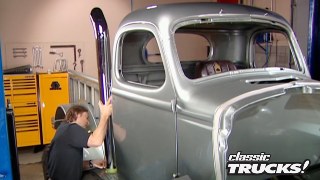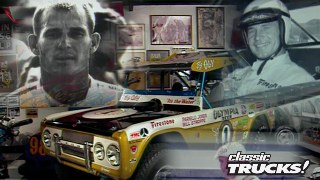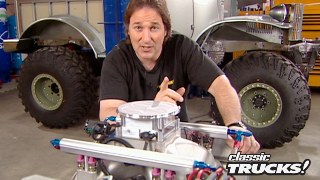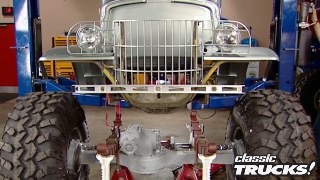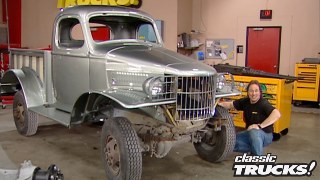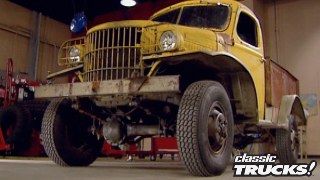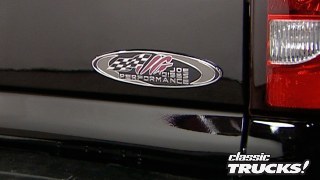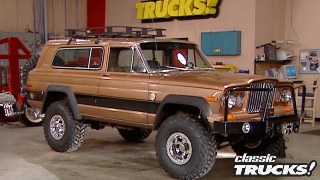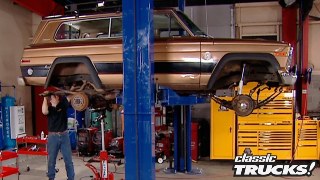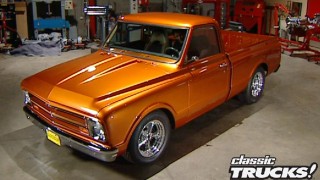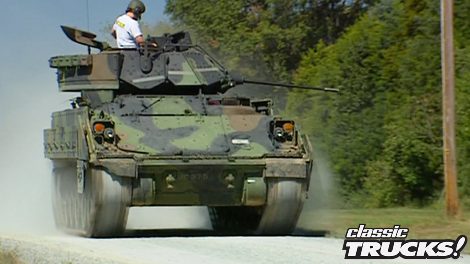
Bradley Fighting Vehicle
We take an in-depth look at the Bradley Fighting Vehicle, revealing its advanced engineering and off-road prowess. Along with a guide to smoothing bumpers on trucks to enhance aesthetic appeal without breaking the bank, we answer viewer questions on fuel injection systems.
Season 4
Episode 3
Hosts: Stacey David, Mel Fair
First Air Date: July 20, 2018
Duration: 21 minutes 51 seconds
